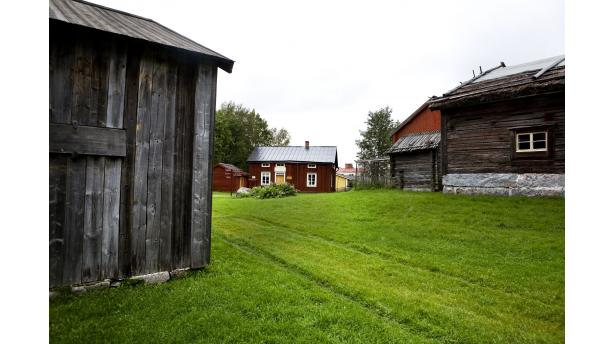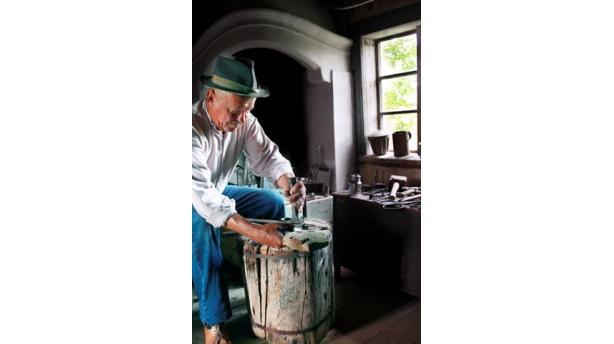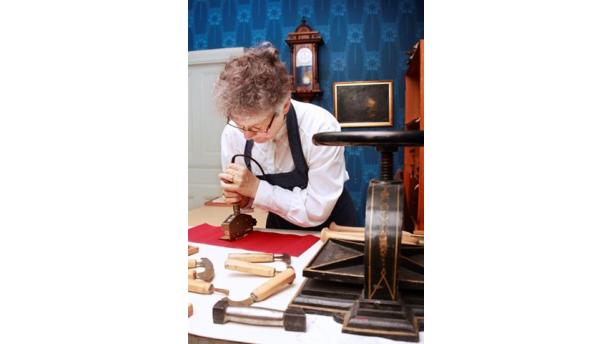Museum A-Ö » Rural life and craft » Stundars Museum
Stundars Museum






Did you know...
During the summer animals from a farm are transferred to Stundars. There are also Play&Learn milieus on the area, where children can try out old time chores.
Stundars is one of the largest open-air museums in Finland, a living museum, an Ostrobothnian artisan village and a delightful visiting destination for the whole family. The cottages and their interiors represent country life at the turn of the 19th and 20th century from the point of view of peasants, artisans and the stateless population. History is enlivened with the help of time travels, events and authentic items and buildings.
The Stundars museum and culture centre located in Solf, Korsholm originated in the 1930s, when primary school teacher Gunnar Rosenholm established a museum association in Solf. Nowadays there are approximately sixty buildings transferred from the Korsholm villages and the vicinity of Vaasa in the open-air museum. The museum buildings and objects demonstrate, how people lived in an Ostrobothnian village at the turn of the 20th century.Different social classes are represented in Stundars. On the area are a peasant house, an agrarian store, a village school, some windmills as well as several artisan workshops and crofts. There are also collections of special tools in the potter’s and coppersmith’s workshop and the brass foundry. A printing house museum can be found in Stundars as well.
Most of the items in the museum date back to the end of the 19th century and beginning of the 20th century, except for the agrarian store, where the oldest artefacts originate from the 1940s. The agrarian store is truly worth a visit with its nostalgic atmosphere and shelves bending with products.
The wealthy peasant house on the hilltop is one of the pearls of the museum with its barns, cowsheds, lofts and baker’s cabin. The modest crofts and workshops offer a contrast for the relative prosperity of the peasant.
The stateless population, that didn’t own fields, was required to gain its livelihood as dayworkers and artisans.
Stundars treasures the artisan skills of old times with annual events, for instance artisan days, time travels, jamborees and fairs. Visual art and music activity is arranged in the Hemmer House all year round, and there can also be found the memorial room of Jarl Hemmer. In addition there is a restaurant in the house.
Building conservation is also an essential part of Stundars’ activity, and there are several diverse buildings on the area.
Some of the images are from Stundars’ own collection of photographs (pictures 4-6).





